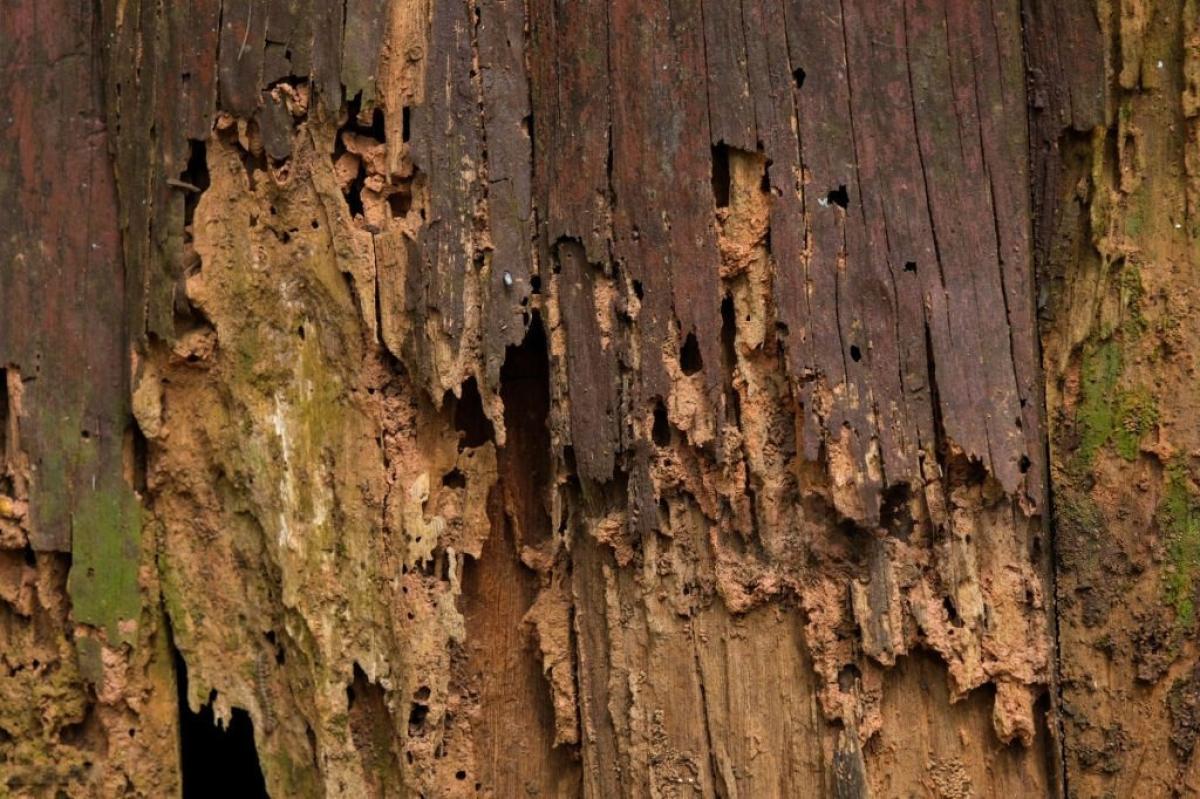What You Need To Know About Native Eastern Subterranean Termites?
If you have ever found yourself tapping on a wall and hearing a hollow sound, you know that sinking feeling in your stomach — the one where you immediately wonder, “Is something eating my house from the inside?” Unfortunately, when it comes to Native Eastern Subterranean Termites, that’s not an overreaction. These little pests are masters of working quietly, hidden away in the soil and wood, all while causing damage that can cost thousands to repair.
The real problem? By the time you spot the signs, they’ve probably been there for years.

What Makes Native Eastern Subterranean Termites Different?
Native Eastern Subterranean Termites are one of the most destructive termite species in the eastern U.S. They live underground in massive colonies — sometimes hundreds of thousands strong — and they’re relentless when it comes to finding food. That “food” is anything with cellulose in it: the wood in your home’s frame, your hardwood floors, and even old cardboard boxes in your basement.
You might also hear them called Native Eastern Termites, but don’t let the simpler name fool you. They’re just as persistent and just as damaging.
How They Sneak In Without You Noticing?
The thing about Native Eastern Subterranean Termites is that they don’t just walk in through the front door. They usually find small gaps —cracks in your foundation, spaces around the pipes, or the seam between the concrete slabs—and use them as entrance points. From there, the thin soil pipes, which function as covered highways, form so that they can travel between the soil and wood in the house without contact with sunlight or moisture.
And here’s the kicker: you could live with them for years without ever seeing a single termite. They’re quiet, they’re hidden, and they don’t give themselves away easily.
Signs You Might Have a Termite Problem
If you know what to look for, you can catch them earlier. Some telltale signs of Native Eastern Subterranean Termites include:
Mud tubes are climbing your foundation or basement walls
- Wood that sounds hollow when tapped
- Small piles of discarded wings near windows or doors
- Paint that looks bubbled or blistered, like it’s water-damaged
- Doors or floors that suddenly don’t fit quite right
- If you spot any of these, it’s not something to “wait and see” about — you’ll want to take action quickly.
Why They Cause So Much Damage?
Here’s the part that surprises a lot of people: Native Eastern Subterranean Termites never take a break. They work around the clock, every single day, chewing their way through wood from the inside out. A large colony can eat several feet of wood a year, and because the damage is hidden, it’s often well advanced by the time you notice.
And unlike a leaky faucet or a creaky floor, termite damage doesn’t just stop on its own. Every day you wait, the problem gets worse.
How to Keep Them Out in the First Place?
Prevention is always easier — and cheaper — than repair. You can lower your risk of Native Eastern Subterranean Termites by:
Keeping wood and soil separate (no direct wood-to-ground contact)
- Storing any firewood away from the house
- Fixing pipes that leak or damp crawl spaces
- Sealing the gaps around the foundation or any utility lines
- Keep the gutter clean so that the water doesn't get in your house.
- But even if you do all this, termites can still find a way, which is why regular professional inspections are so necessary.
Why Professional Help Matters?
If you suspect that the native Eastern Subterranean termites are present, it's not just a good idea to call a pro - this is necessary. Termites can confirm species, find out where the colony is, and create a treatment plan that actually works.
This means using a mixture of liquid barriers, feed systems, or both. Only then can they install ongoing monitoring so that you are not surprised by a new colony under the road.
Staying One Step Ahead
When it comes to the native eastern termites - especially the native eastern Subterranean termites - early detection and frequent prevention is the best rescue operation. Want to understand how they work? know the warning signs, and get a professional inspection. Only then can you protect your home and avoid the repair bills later.
Bottom line: They look small, but they can cause big harm. So stay careful of these small termites.
